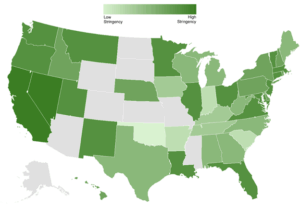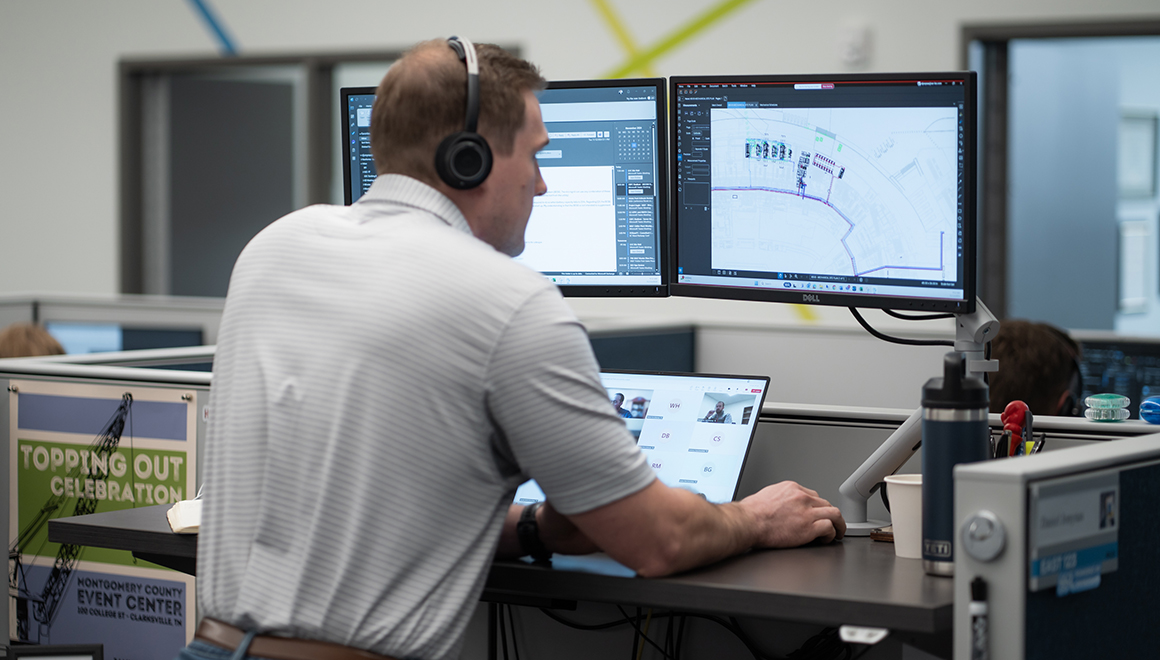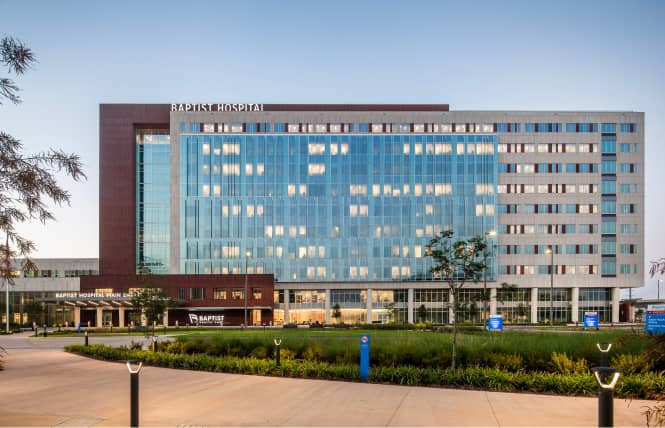Energy Code Changes and Architecture
As energy codes across the U.S. evolve, design teams are having to stay ahead of how codes will affect the exterior aesthetic, enclosure systems, and budgets for their projects. Various versions of the IECC have been adopted by different jurisdictions across the US, some are using the latest version which is the most stringent, while others are using older versions or none at all. The map below shows outlines current adoption.

Once you have identified the current state energy code, additional research is needed into local project jurisdictions as they can exceed state mandates. A few that SSR has experienced recently for projects include the cities of Austin, Houston, San Antonio, and Dallas follow 2021 IECC though the state of Texas is 2015 IECC. Some of these cities also have separate Green Building Codes that go above energy performance alone.
The requirements of the 2018 IECC to the newer versions have increased stringency across all disciplines, with many impacting architectural elements and envelope designs. Several examples include prescriptive requirements for window-to-wall ratio limits, minimum amounts of skylight area for large open spaces like gymnasiums or open offices and window area limits based on SHGC and façade direction, minimum roof insulation thicknesses and accounting for thermal bridging in thermal envelope designs.
Additionally, there are new requirements for buildings to include whole-building air leakage testing, commissioning for buildings of a certain type and size, on-site solar, as well as the performance path thresholds have increased from 15% to 20% energy cost savings reduction over code baseline.
The 90.1-2022 standard, which can be used as a method of compliance under the 2024 IECC, has an “envelope backstop” requirement. The envelope backstop requires that even when projects are performing an energy model for code compliance, the overall envelope is not allowed to be a certain percent less efficient than the prescriptive requirements. And these are just to name a few!
Mandatory requirements must be met for all projects. However, design teams can choose to use an energy model to comply when one or more prescriptive requirements cannot be met or have cost restrictions. In general, project teams can benefit from working with an energy code consultant early in the project design to determine applicable energy code compliance pathways and any major design implications based on the project jurisdiction.
In our next post, we’ll provide an overview of using an energy model to comply with your local energy code.
Continue Reading:
- Energy Codes are Quickly Evolving – Are You Ready?
- Energy Modeling Creates Flexibility for Your Code Compliant Design
SSR’s team of energy and sustainability experts is ready to successfully guide you through the energy code compliance process. Contact us today!





